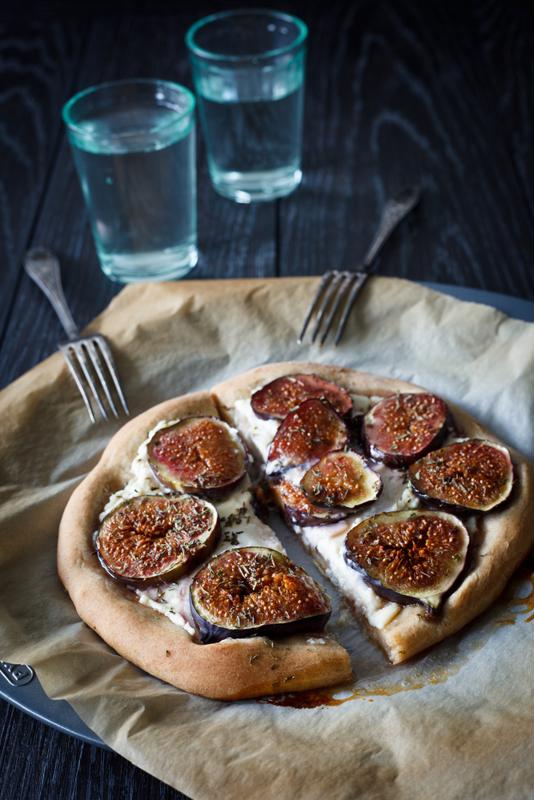3 Tips for Homemade Pizza
If you love hot, fresh pizza covered with your favorite toppings, you’ve probably thought about making your own. However, stepping up from frozen pies to crafting your own dough and sauce can be intimidating. Still, if you are taking online cooking courses, it’s time you tried preparing a pizza in your home kitchen.
With a few tips, you may find that it’s easier to achieve the perfect slice than you expected.
1. Plan ahead for the dough
Pizza dough requires an active dry yeast and a bit of time and effort. If you want to keep things quicker and easier, you can purchase dough at your local bakery or pizzeria. But if you’re ready to experiment with making your own, The Food Network provided directions to get you started.
First, whisk together flour and salt, and add warm water, sugar and yeast. Wait about five minutes for the yeast to dissolve and begin foaming. Then, add olive oil and knead until the mixture is smooth. Brush on more oil and place the dough in a covered bowl to rise. This process can take about 90 minutes. When the dough has reached about double its original proportions, form it into one-pound balls.
2. Select the right pan
What pan you use to bake your pizza will make a huge difference in your final products. Epicurious pointed out that a baking stone, which is made to simulate a brick oven, is a great choice if you want a crispy, thin crust. A pizza round will leave more moisture, giving you a softer results. For deep dish, you can either pick up a pan specifically designed for the purpose or just use a cast-iron skillet.
The Kitchn suggested skipping the pan entirely and using a piece of parchment paper. Just flatten the dough out into a disk about a quarter inch thick on the parchment with a rolling pin or your hands. The advantage of this approach is that working with the dough is easier when it sticks to the paper. The parchment will separate during the cooking process for simple removal.
 Don’t be afraid to try something a little different with your pizza toppings.
Don’t be afraid to try something a little different with your pizza toppings.3. Pick the cheese and toppings carefully
The most enjoyable part of making a pizza is deciding what goes on top. You might opt for classic cheeses like mozzarella, pecorino and Parmesan or explore some different flavors by selecting Monterey Jack, feta or ricotta. Whatever your decision, Serious Eats warned that you should not overload the pie. Too much cheese means you cannot taste the sauce and crust, and the slices may turn out too greasy.
Picking the toppings is another opportunity to add your own spin. You can keep it simple with pepperoni and sauteed mushroom or try something wilder like a Puttanesca pizza with garlic, anchovies, capers, olives and parsley. Mario Batali suggested to Bon Appetit that at-home pizza makers poach their toppings in olive oil. This extra step will achieve a richer flavor and leave you with a fantastic flavored oil to enjoy with bread or use for other dishes.
Anyone who is learning to cook should consider hosting a pizza night. It’s fun, tasty and can feed a whole crowd of your family or friends.





Recent Comments